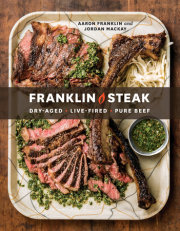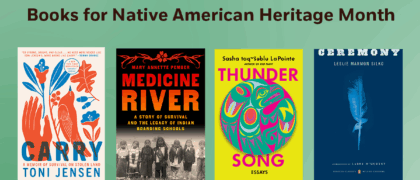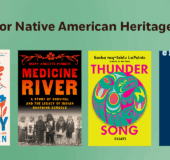INTRODUCITON
Why? is the most vexing question in all of wine. Most attempts to explain precisely why a wine tastes the way it does are doomed to fail. But unlike the great philosophical questions—involving life, God, and the universe—with wine you actually can talk to the maker. Like the rest of us, the
vigneron (a French term indicating the person who grows the grapes and makes the wine, our preference over English’s “winemaker,” though we will use both throughout this text) may not be able to explain why the wine tastes the way it does, but obviously she can at least offer some detail and perspective.
So this book takes its direction from the way Raj constructs his life—essentially a nonscientific, yet rigorous and impassioned road-tripping inquiry into how wine tastes and why. I’ve spent much of the last eighteen years of my life doing similar work as a wine and food writer, though certainly not with the same intensity (no one comes close to Raj in that), so it made sense to do this together and record it in book form.
***
Now, a few words on the title. Traditionally, an atlas is a collection of maps. Thumbing through this volume, you will quickly see it’s not a traditional atlas. Once again, we’re employing some poetic license and using the word metaphorically, for what we’re generally depicting are not roadways or topographies or constellations—the classic subjects of atlases—but the taste of wine—and how do you render a map of taste? You do it in the same confounding way people have always been doing it—with words. Especially when it comes to wine, language is personal and imprecise, but it’s all we’ve got at this point, reminding us of the famous line from music criticism: “Writing about music is like dancing about architecture.”
Now, about the other big word in our title—“taste.” Taste has many definitions, and in this book, we invoke many, if not all of them. Yes, we are writing about the taste of wine. Yes, we are also chronicling a series of journeys dedicated to the act of tasting wine (and food). Sometimes we had only a taste, though on other occasions we drank the whole bottle. Furthermore—and this is important—the subjects chosen here were curated in accordance with our sense of taste. Some of you might think we have bad taste, and some of the wines we discuss may not be to your taste, but luckily Raj and I have largely similar tastes when it comes to wine, so we readily agreed on almost all of the inclusions in this book.
Taste is a very complicated physical and mental action into which science has invested considerable investigative energy in recent years. Traditional wine writing has been careful to differentiate between a wine’s aromas, detected by the nose, and a wine’s flavors, detected in the mouth. As we will discuss in more detail in chapter 1, this distinction is in many ways outdated, given that most of a wine’s flavors are detected through the back of the throat, by the olfactory system. Furthermore, we really did try to focus in many of our experiences on the wine’s texture or mouthfeel, using our tongues to feel for a wine’s structure and texture to determine whether certain soils imbued wines with common attributes. So in this case, we were trying to use our tongues more than our noses. But writing about texture is even more “dancing about architecture” than writing about flavor, as our language has very few words for texture.
***
After every visit, we felt we’d accrued knowledge we didn’t have before. And then we forgot half of it (or at least I did) because . . . wine. The overall impression of such a long trip was a palpable sense of the passion driving the small producers of Europe. Certainly, passion can exist in larger-production operations and in big companies. But it’s nothing like what you feel from the people who are pruning the vines and tending the wines. In turn, we felt energized and excited about what we witnessed. Despite whatever’s going on in the rest of the world, lots of inspiring things are happening in the classic wine regions of Europe. We hope this book gives you a sense of that.
—Jordan Mackay
Copyright © 2018 by Rajat Parr and Jordan Mackay. All rights reserved. No part of this excerpt may be reproduced or reprinted without permission in writing from the publisher.

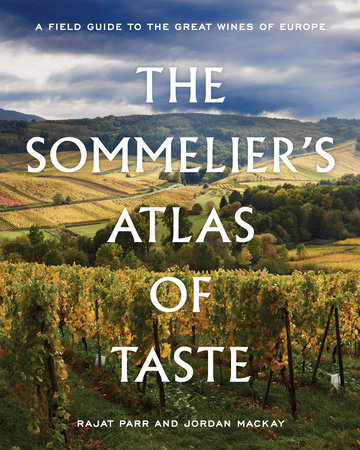

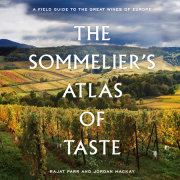
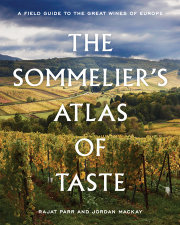
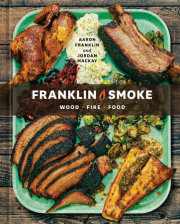
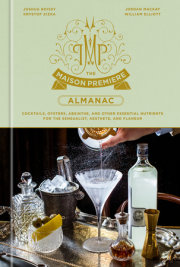
![The Franklin Barbecue Collection [Two-Book Bundle]](https://images.penguinrandomhouse.com/cover/9781984859204?width=180)
